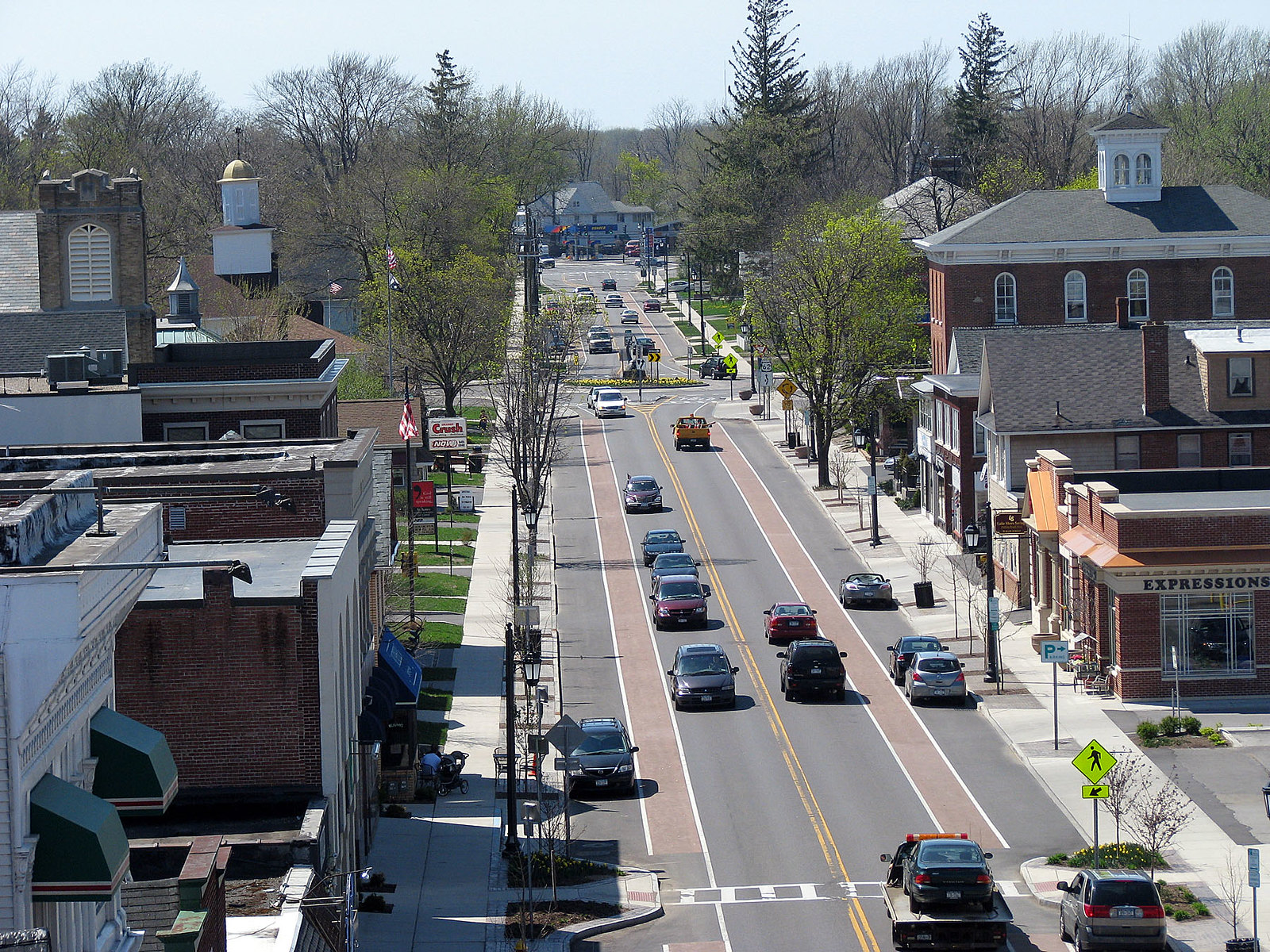Transportation Secretary Ray LaHood and House Transportation Committee Chair John Mica (R-FL) both agree that a new surface transportation authorization bill needs to be finished before Congress leaves for the August recess. But that doesn’t mean it’ll happen.

Mica is making noises about a far smaller bill than the one proposed in 2009 by then-Chair Jim Oberstar – and even smaller than SAFETEA-LU, passed in 2005 for $286 billion. "I could take up to a $250 billion bill and leverage it by five, four times," Mica told Congressional Quarterly. "I could have a huge amount of capacity in helping to finance projects."
A smaller size might save Mica’s bill from the same fate as Oberstar’s, which ran into a brick wall on raising the gas tax. (Indeed, the idea isn’t any more popular now than it was then.) But will it satisfy the bill’s secondary mandate: to create jobs?
Officials from the American Public Transportation Association say that although they’re calling for a doubling of the federal investment in public transportation – a long shot, they know – the most important thing is just to get a bill signed, and soon.
APTA released the results of a survey yesterday showing just how desperate the transit industry is for a new multi-year bill. Eighty-four percent of private sector firms predicted revenue losses if the transportation bill is further delayed. Fifty percent said they’d probably have to resort to layoffs.
Companies in the transit business are also looking abroad for better opportunities, feeding the fears of those who say China and Europe are vastly outpacing U.S. investments in 21st century infrastructure. Jeffrey Wharton is the president of ImpulseNC, which manufactures overhead electrification systems for light rail and streetcar networks. He says it’s hard for a business focused on growth to prosper in the U.S.
We’re looking for a return on investment, and in order to do that we look for growth potential. Without long term planning and funding, it’s very difficult for us to invest and develop new technologies and grow our business. China has a tremendous transit infrastructure program. My business relies predominantly on infrastructure, building new rail systems to provide public transportation. And I made a trip to China just last December to begin looking at moving my business or setting up a new segment where I can truly invest and grow the business.
David Turney of the DRI Corporation, which specializes in digital communications technology for transit systems, agrees. “We focus outside of the U.S. now for our growth,” he said. “Growth opportunity on the international stage far and overwhelmingly exceeds what’s available in the US. And we expect, based on everything we see in terms of the much larger investments being made in places like Brazil, India, as well as China, we expect the international market to produce far more attractive growth opportunities, when we are just barely marking time within the U.S.”
APTA started working on this survey back in the fall, before the Republicans won the election, before the sixth extension of SAFETEA-LU, and before the renewed push for a bill by August. APTA officials say they hope the August deadline will be met to prevent further declines in the U.S. transit sector.





